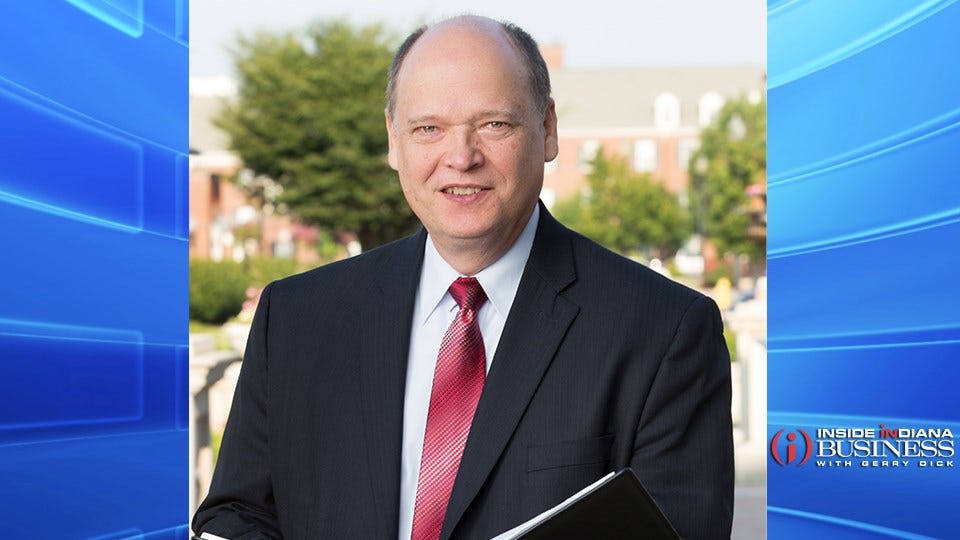Nonprofit Leader? How Much You’ll GRASP is TBD.
Subscriber Benefit
As a subscriber you can listen to articles at work, in the car, or while you work out. Subscribe Now
Nonprofit organizations are not unlike individuals, they are constantly looking to the future and often stressed about how their “lives” are going. What could they do differently to improve? Do they need to engage the services of a consultant, buy a new product or software, add something, get a better education, schmooze with the right individuals, etc? A great deal is externally focused when the answers they need may be internal. In fact, the answers are already there, but how much you will GRASP is TBD.
I was reflecting on writing my most recent book, “Build a Nonprofit Castle.” When it came to discussing the needs of nonprofits, I was struck by the fact that much of my experience volunteering with nonprofits, working for and with them, revolved around common themes. They already possessed the ability to build their capacities, but the tools were somewhat buried in the proverbial sand of politics, crisis, lack of strategies, and the belief that they needed more.
I have summarized the tools in an acronym GRASP TBD, which neatly packages a few basic capabilities that nonprofit organizations need to advance to strengthen their sustainability and their futures. Yes, they are simple concepts but often fraught with shortcomings. Let’s see how much you can GRASP with a TBD outcome.
G – GOVERNANCE – Board governance is about giving a framework to board operations and strengthening the board’s role. It is imperative that we understand the board’s role and the need to help it develop and strengthen through recruitment, orientation, and ongoing education. It’s often where nonprofits fall short.
R¬ – RELATIONSHIPS – Knowing that relationships are subject to influence from several environments, we recommend focusing on the dynamics between board and staff, among the board itself, within the staff, and between staff and volunteers. All deserve additional attention and will pay dividends when navigated correctly.
A – ASSESSMENTS – Taking time to assess, question, and analyze is key to recognizing our areas of weakness and derailing future problems. Organizations must better assess their organizational health and take the necessary actions to improve, just as individuals need to focus on annual checkups.
S – STAFFING – The reality is that we can’t be expected to have all of the answers we need within our organizations. Yet, I’ve seen organizations struggle with this reality. They consistently bring high expectations that burn out staff or they have a revolving door looking for that perfect director. We can grow the talent in our nonprofits, but we often need to reach out to the appropriate people for help, get a coach, and make the difference between maintaining the status quo and growing the organization. Why would you let anything interfere with that potential?
P – PLANNING – Planning is the most impactful task, but organizations often don’t do it well. Few things will bring about more transformation than conducting planning in multiple areas, driving significant change and beneficial outcomes. Here’s the caveat, beyond the mere establishment of the plans, there must be a tool for keeping the plans visible, living, and breathing. Another shortcoming for nonprofits.
T- TRUST – All reports show that trust in nonprofits continues to decline. We need to take action to help supporters and potential supporters develop greater trust in our organizations. It’s not just a good idea; it will further develop your reputation and is imperative to our future.
B – BOLD MISSION – Everyone has a mission, right? But is it Bold? Develop an inspirational, strong, motivational, and memorable mission that can serve as a guiding star for your organization’s efforts. Ensuring the mission is at the forefront, demonstrates action, is well-publicized, and is always obvious to supporters and the community.
D – DEVELOPMENT – Pursuing efforts to further a development program by addressing it in the strategic plan and authoring a development plan will build the organization’s assets. The increase in retention rates and increased donations will result from deeper relationships with donors and an understanding of their wants and needs.
Taking definitive action to solidify these key areas will change your organization, make it more resilient and prepare it for the future. The sands can shift but the castle you build will withstand the test of time. How will you start your plan of action today?
David J. Fry, is Founder/CEO of Effective Advancement Strategies in Greensburg and author of Build a Nonprofit Castle. He consults with businesses and nonprofits throughout Indiana. He may be contacted at strategies@etczone.com
